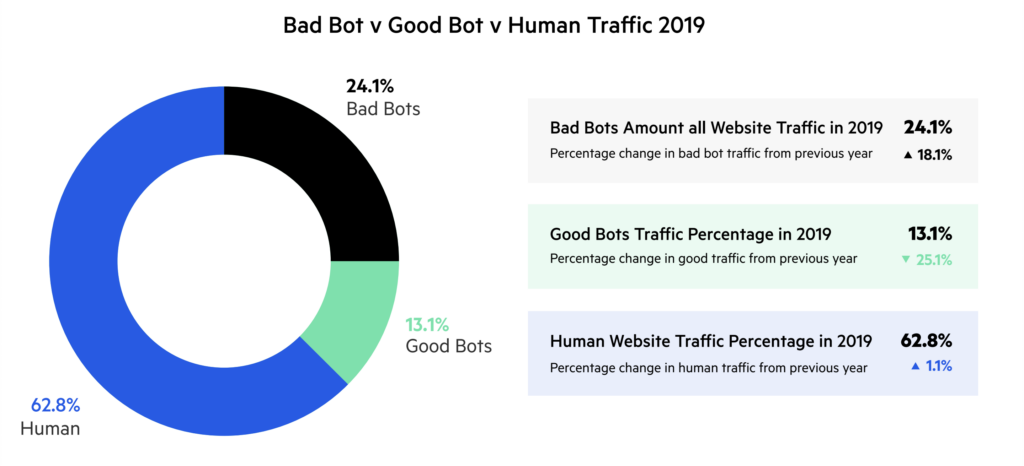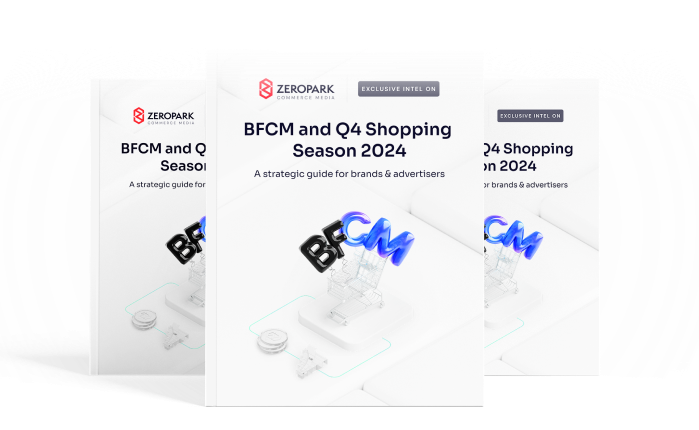Getting accurate data about your ads performance is one of the most acute issues in the world of media buying, especially in 2020.
Even before the COVID-19 impacted the business, it was the announcement of 3rd party cookies’ quick death and the accelerated changes in the digital advertising environment that significantly increased the demand for it. Accurate and timely data allows affiliate advertisers to see how good their media-buying hypotheses are, and to optimize the campaign strategy to get maximum ROI from all your advertising activities.
That’s why we’ve asked our ad tracking partner RedTrack to share some tips and shed light on the optimization hacks for your ad campaigns’ performance.
Their top 5 choices include:
1. Tracking the performance of both free and paid traffic all in one place to see the whole picture
2. Setting frequency caps not to waste resources on a non-target audience.
3. Getting rid of bot traffic so as not to waste advertising budget.
4. Not counting on 3rd party cookie-based tracking methods.
5. Taking into account post-conversion events.
But since we want to help you make a real difference for your campaigns, let’s deal with each tip in more detail.
1. The importance of tracking all your media-buying campaigns in one place.
How often have you heard: Don’t put all the eggs in one basket?
Usually, you need to test a dozen of traffic sources to find profitable and reliable ones. However, you have to keep in mind that different traffic sources and tools track data in different ways and have different attribution models. In this way, if you try to bring all the data obtained from different sources together in one workspace, you will not only lose a lot of time but most likely have an unreliable compilation of stats for analysis.
How to solve the issue?
Every ad tracking tool might offer its own solution to this problem. RedTrack helps users to solve it with the help of a special script that can track both organic and paid traffic. There are four main advantages of using the script:
- saves your time on setting up tracking URLs;
- reduces the risk of making simple mistakes by minimizing the number of tasks and workarounds;
- displays the performance of all your traffic sources in one place, so you can compare the effectiveness of each one;
- provides accurate reports in real-time.
2. Setting frequency caps for your offers.
Yes, you definitely want your brand or product to be visible. But at the same time, you don’t want to cross the line and show it too often to the same visitors. Let’s think together — if a user sees your ads three times a day, and doesn’t react to it, what are the chances they’ll do it at the time of the fourth visit? It’s much more likely they’ll simply block ads from your company.
How to solve the issue?
The solution is to use frequency capping. It allows you to adjust the number of times your potential customer will interact with your offer within a set period of time. Let’s see the possible options of caps:
- Unique visits cap
This feature will limit the number of times your offer is shown to the same user within a day. You can also choose the filter type which will determine how exactly RedTrack should count the unique user’s visits.
- based on the user’s IP
- or User-agent (can be applied by day, week, or month).
- Conversion cap
Using a conversion cap features allow you to set a daily limit of conversions for your particular offer. If you have several offers in your campaign, the traffic will be automatically redirected to the other offer as soon as the limit of conversions is exceeded. But please note, as we are talking about daily limits, the traffic flow to the main offer will recover after 24 hours.
Why is it useful to limit the number of conversions? Some networks put limits on the number of conversions they accept from every affiliate. If you report a greater number of conversions than a network stated in the offer description, they may refuse the payout.
- Click cap
Click cap option allows you to limit the number of clicks you want to receive for your particular offer on a daily basis. The mechanics is the same as in the conversion cap’s case. Therefore it’s better to add several offers to your campaign at once.
3. Filtering the fraudulent traffic to ensure the best quality.
The research published by Imperva has found that bad bots made up nearly a quarter of overall website traffic in 2019. If you dive into the Bad Bot section, you’ll see that their traffic rose to 24.1% of the total volume, and a good one was to 13.1%.

- Good bots include web crawlers or spiders, copyright, site monitoring, commercial bots, and others. Although they perform useful and helpful tasks that aren’t detrimental to users and your business, they have a negative impact on statistics.
- Bad bots group is composed of different credential stuffing bots, content scraping bots, spambots, and click fraud bots. They are programmed to perform a variety of different malicious activities and most often used by cybercriminals, fraudsters and those who are involved in different kinds of illegal activities.
How to solve the issue?
There are several options — you can either purchase a separate solution that will allow you to block your bot traffic, or try to find an ad tracker with its own built-in anti-fraud solution. In the first case, you should be ready to pay extra money for the solution and spend some time on integration and settings. As a rule, such solutions are more suitable for big companies and enterprises. For SMBs and affiliates, RedTrack came up with its own tool to fight bot traffic:
- Good bots are monitored and detected by RedTrack’s own technologies and integrated databases. It detects and excludes sixteen well-known bots by Google, Facebook, BaiduSpider, Yahoo, and others from your statistics.
- Bad bots are monitored by a special bot detection solution designed together with Fraud Score. You can get drill-down analysis of your traffic and blacklist suspicious sources.
4. Relying on non-3rd party cookie-based tracking methods.
Due to Google’s announcement about the dismiss of the 3rd party cookies, the number of requests for alternative tracking methods has increased. However, personalized advertising still matters a lot and it’s not going anywhere. The biggest change that is happening now is that marketers will have to rely more on the first-party data and tracking tools using no 3rd party cookies-based tracking methods.
How to solve the issue?
Today, one of the best ways to get reliable data about your ad campaigns is to use S2S postback tracking method. Its major benefit is that tracking is done server-side and there is less randomness in results. Browsers can’t affect the process of data recording. It means that you get the most accurate information possible.
5. Don’t ignore what happens after the conversion
Today most businesses are concentrated on not just what happens after the click, but after conversion as well. Knowing this information can help you increase engagement with your customers and leads, upsell them, and connect on a more personal level. It can be a special coupon on your thank you page or a survey on the registration landing.
How to solve the issue?
How to get this kind of information and not get lost in all the stats? Create separate conversion tags for every conversion and post-conversion events, and get detailed reporting on each action as the result. This point would be of special interest to those who work with the e-com niche.
Conclusions
So, as you see, modern ad tracking solutions do a lot more than just tracking. They can help you with bot detection, ads optimization, and contribute directly to your business revenue growth. It’s a super innovative niche that quickly adapts to market changes and even anticipates them. That’s why with a reliable ad tracker, you can always be sure that you are not missing on any important changes and get the best ad tech features one of the first.
Start Tracking Now!
&
Run Ads That Convert In Zeropark
Kinga Gawron





